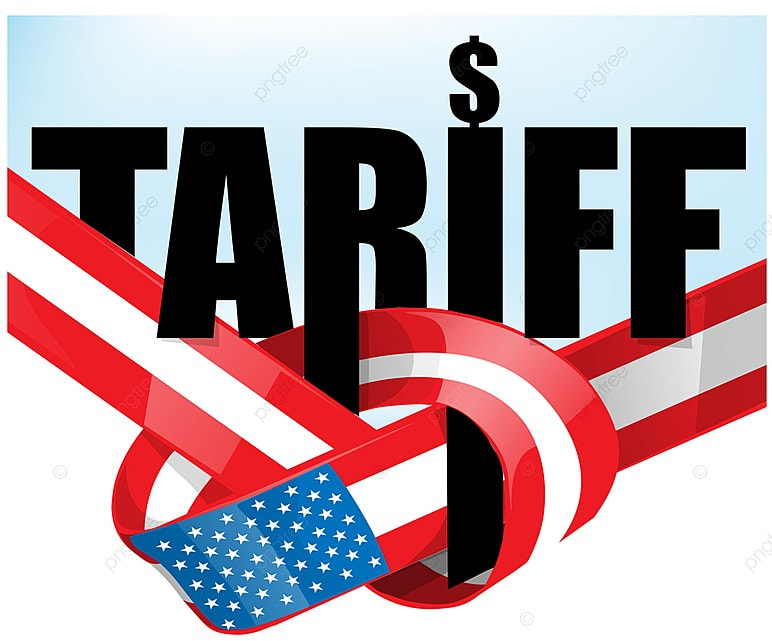Call us: (+254) 720851058
In April 2025, the United States, under President Donald Trump, imposed a 10% tariff on imports from African countries, including Kenya, that previously benefited from the African Growth and Opportunity Act (AGOA). This move has significant implications for Kenya’s export-driven sectors, particularly textiles, coffee, and tea.
The Immediate Impact on Kenyan Exports
Kenya’s exports to the U.S. were valued at approximately $737 million in 2024, with textiles accounting for a substantial portion. The new tariffs threaten the competitiveness of these products in the U.S. market, potentially leading to reduced demand and job losses in sectors employing thousands of Kenyans. For instance, the textile industry, which employs around 180,000 people, faces the risk of diminished orders due to increased costs for U.S. buyers (Eastleigh Voice).
Agricultural exports like coffee and tea are also at risk. The added tariffs could make these products less attractive to U.S. importers, affecting farmers and exporters who rely heavily on this market (Vellum).
Structural Challenges Compounding the Issue
Kenyan manufacturers already grapple with high production costs, including elevated electricity prices and taxes. These structural challenges make it difficult for local products to compete globally, and the new tariffs exacerbate the situation. Without addressing these internal inefficiencies, Kenya’s ability to capitalize on any trade shifts remains limited (Reuters).
To mitigate the adverse effects of the tariffs, Kenyan businesses and policymakers can consider the following approaches:
- Local Substitution: Reducing reliance on imported raw materials by sourcing locally can help lower production costs and improve competitiveness. This strategy not only bolsters local industries but also mitigates the impact of external trade disruptions (Vellum).
- Export Diversification: Exploring alternative markets beyond the U.S., such as the European Union, Middle East, and intra-African trade partners, can reduce dependency on a single market. By broadening their horizons, Kenyan exporters can secure more stable revenue streams (Eastleigh Voice).
- Leveraging Trade Blocs: Engaging more actively with regional trade agreements like the African Continental Free Trade Area (AfCFTA) and the East African Community (EAC) can open up new opportunities for trade and collaboration. These agreements aim to reduce trade barriers and improve intra-Africa trade, offering Kenyan businesses the chance to diversify exports within the region (Futures.ISS Africa).
Looking Ahead
The imposition of U.S. tariffs presents both challenges and opportunities for Kenya. While the immediate effects may be detrimental to key export sectors, there is potential for growth through strategic adaptation and diversification. By addressing structural inefficiencies, sourcing locally, and exploring new markets, Kenya can build a more resilient and competitive economy in the face of shifting global trade dynamics.

